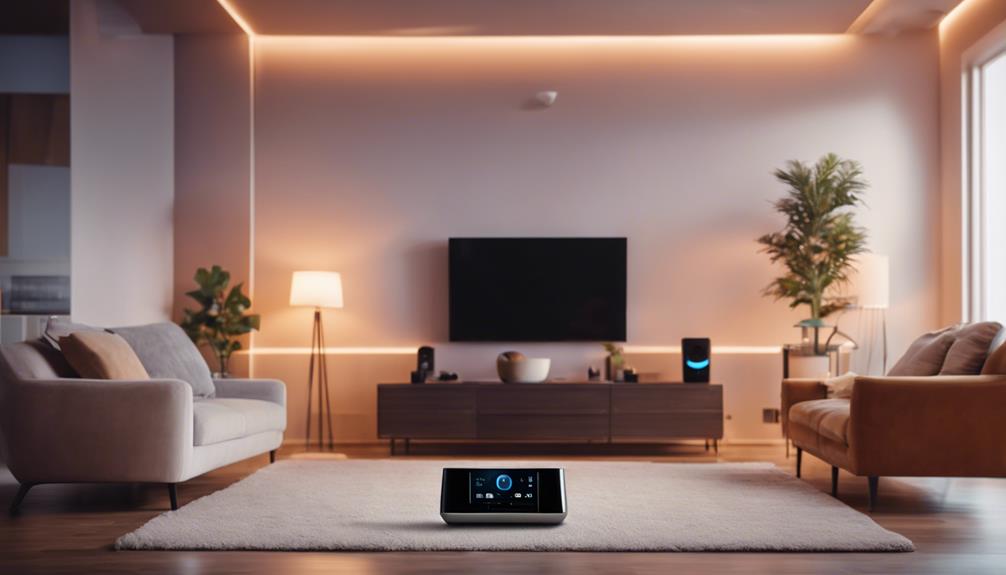In the fast-paced world of technology, gadgets have become integral to our daily lives. From smartphones to smartwatches, these devices not only enhance our productivity but also redefine how we interact with the world. This article delves into the evolution of gadgets, exploring their history, impact on society, and future trends.
The Historical Perspective of Gadgets
The term “gadget” has its roots in the late 19th century, often used to describe small mechanical devices. Over the years, the definition has broadened significantly. Here’s a brief overview of key milestones in the history of gadgets:Microsoft Gadgets
- Early Innovations: Gadgets like the telegraph and telephone revolutionized communication in the late 1800s.
- Post-War Era: The 1950s and 60s saw the introduction of household gadgets such as microwaves and transistor radios.
- Personal Computing: The 1980s marked the rise of personal computers, leading to the development of gadgets like the first portable computer, the Osborne 1.
- Mobile Revolution: The late 1990s and early 2000s introduced mobile phones, which have since evolved into multifunctional smartphones.
The Impact of Gadgets on Society
Gadgets have transformed how we live, work, and communicate. Here are some significant impacts:
- Enhanced Communication: Gadgets facilitate instant communication, breaking geographical barriers through social media, messaging apps, and video calls.
- Increased Productivity: Devices like laptops and tablets enable remote work and collaboration, making it easier to manage tasks and projects.
- Access to Information: With gadgets, information is at our fingertips. The internet has made it possible to learn about any topic in seconds.
- Health and Fitness: Wearable gadgets, such as fitness trackers and smartwatches, promote healthier lifestyles by monitoring physical activity and health metrics.
Case Studies of Popular Gadgets
Several gadgets have made a significant impact on various sectors. Below are notable examples:
1. The Smartphone Revolution
The introduction of the iPhone in 2007 marked a turning point in the smartphone industry. The device combined a phone, an iPod, and an internet communicator, setting a new standard for mobile technology. As of 2023, approximately 6.8 billion smartphone subscriptions exist worldwide, demonstrating their ubiquitous presence.
2. The Rise of Smart Home Devices
Smart home gadgets, such as Amazon Echo and Google Nest, have revolutionized home automation. A 2022 survey revealed that over 40% of households in the U.S. own at least one smart home device, enhancing convenience and energy efficiency. These gadgets allow users to control lighting, security systems, and appliances remotely.
3. The Evolution of Wearable Technology
Wearable gadgets, like smartwatches and fitness trackers, have gained immense popularity. The global wearable technology market was valued at $116 billion in 2021 and is expected to grow significantly. These devices not only track fitness metrics but also provide functionalities like notifications and health monitoring.
Challenges Associated with Gadget Usage
While gadgets enhance our lives, they also present certain challenges:
- Privacy Concerns: Many gadgets collect user data, raising concerns about privacy and data security.
- Screen Addiction: Over-reliance on gadgets can lead to addiction, impacting mental health and social interactions.
- Environmental Impact: The production and disposal of electronic gadgets contribute to e-waste, posing environmental challenges.
Future Trends in Gadgets
The future of gadgets is likely to be shaped by several emerging trends:
- Artificial Intelligence: AI integration will lead to smarter, more intuitive gadgets that can learn user preferences and improve functionality.
- Augmented Reality (AR) and Virtual Reality (VR): These technologies will create immersive experiences, particularly in entertainment, education, and training.
- 5G Connectivity: The rollout of 5G networks will enhance gadget performance, enabling faster data transfer and better connectivity.
- Sustainability Initiatives: As awareness of environmental issues grows, manufacturers will focus on creating eco-friendly gadgets with recyclable materials.
Conclusion
The evolution of gadgets has significantly influenced our lives, shaping how we communicate, work, and interact with our environment. From early mechanical devices to today’s sophisticated smart gadgets, technology continues to advance at an unprecedented pace. While gadgets offer countless benefits, they also pose challenges that require careful consideration. Looking ahead, emerging technologies such as AI, AR, and 5G will shape the future of gadgets, promising even more innovative solutions. As consumers, it is essential to embrace these advancements while remaining mindful of their implications on privacy, health, and the environment.
In summary, gadgets are not just tools; they are an extension of ourselves, enhancing our capabilities and enriching our experiences in an increasingly digital world.
